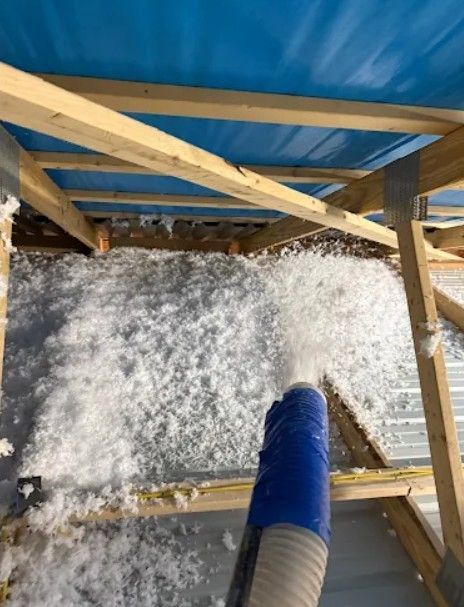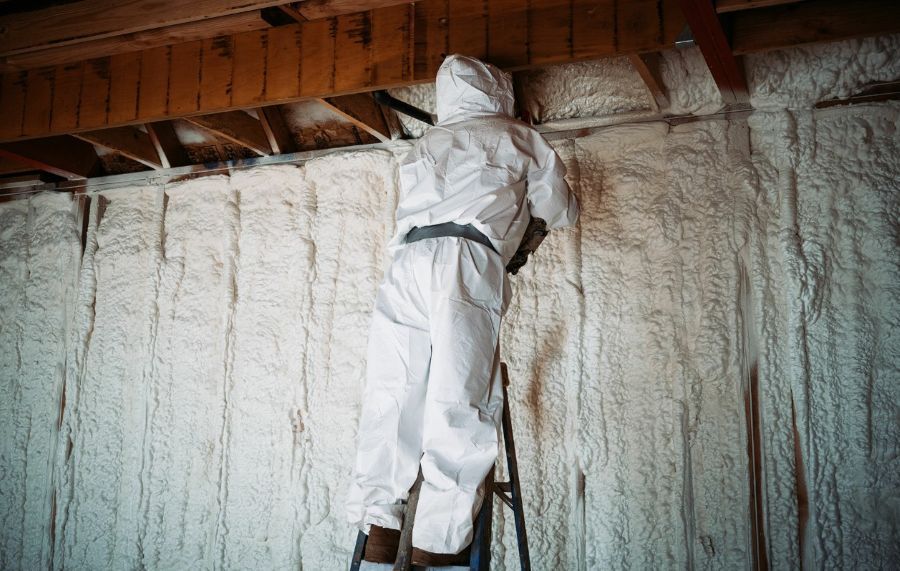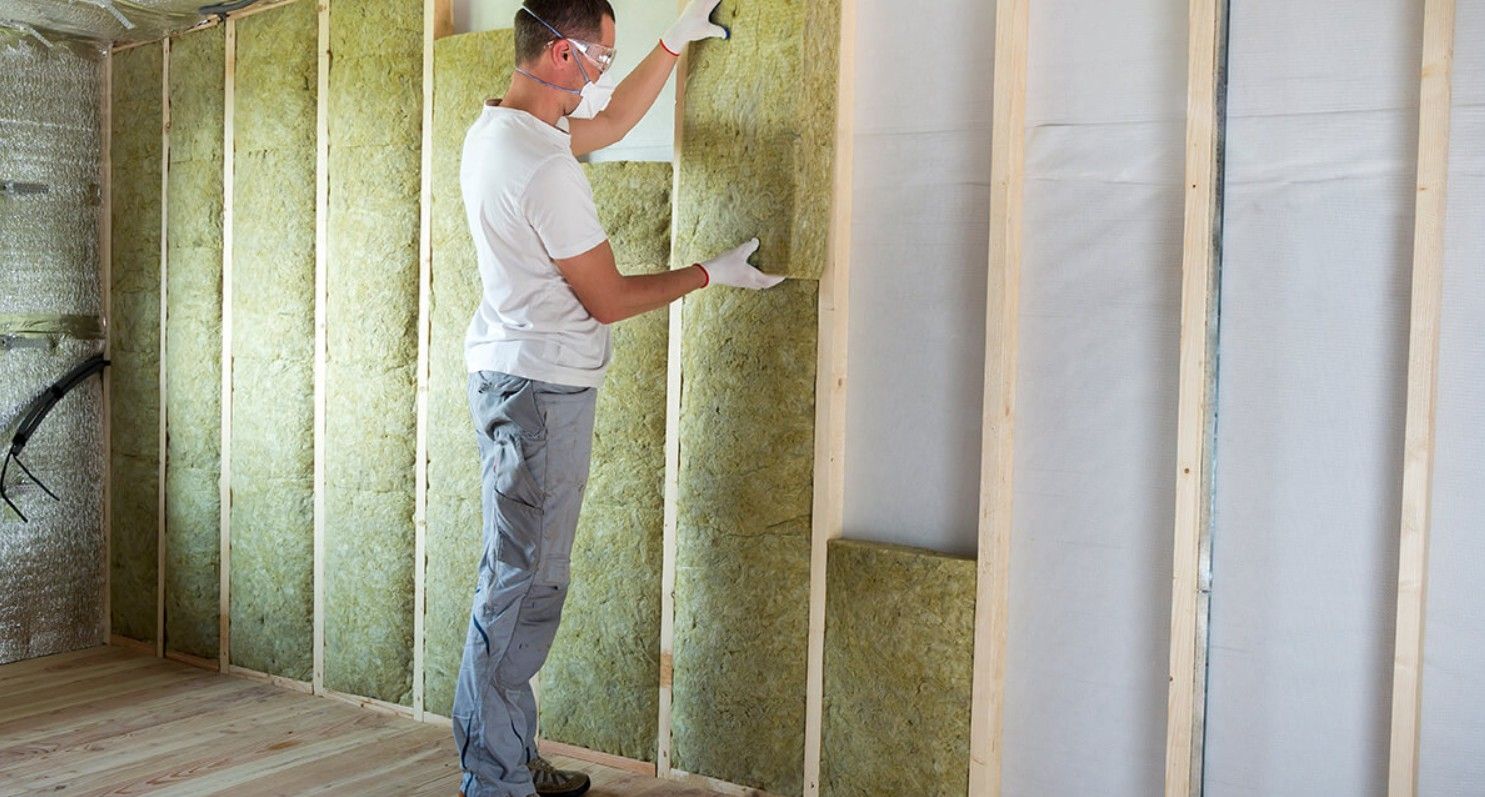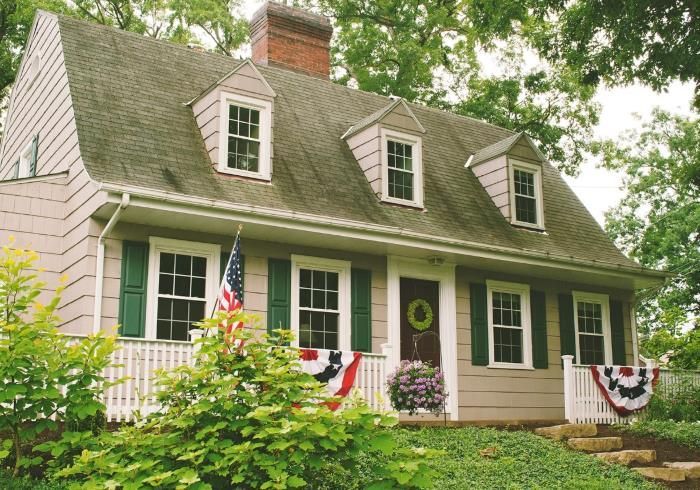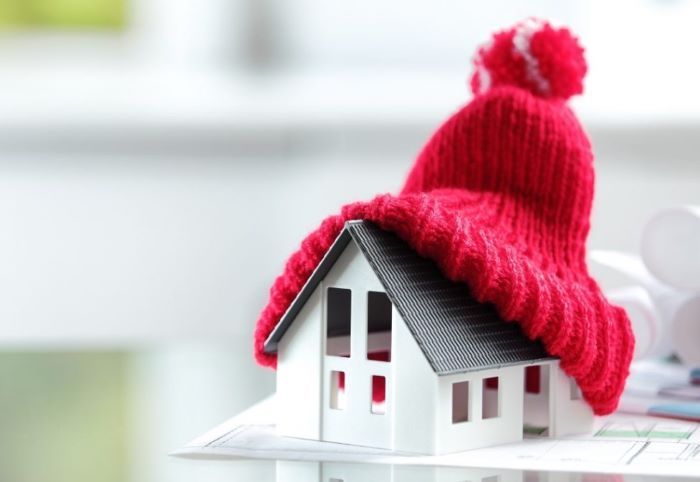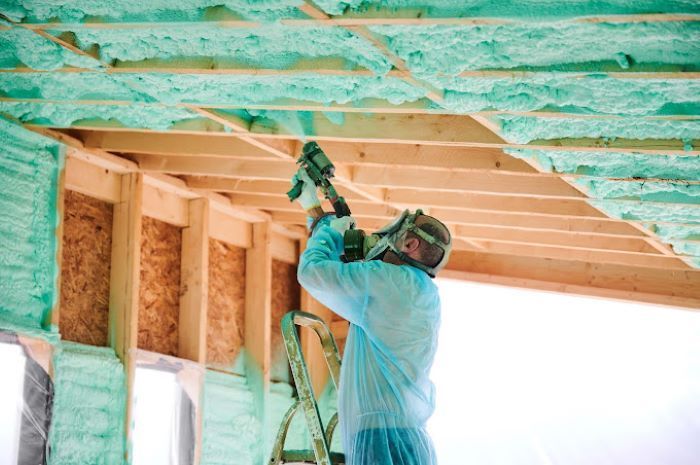
When most homeowners think of insulation, they think about energy efficiency. Insulation keeps homes warmer in the winter and cooler in the summer, which reduces heating and cooling costs. But insulation does more than regulate temperature. Certain types, such as batt insulation, also contribute to soundproofing, creating quieter, more peaceful living spaces.
In New York and Pennsylvania, where busy neighborhoods, road traffic, and shared walls are common, soundproofing has become an increasingly important consideration. Batt insulation is a cost-effective and widely available option for addressing these needs. This guide explains how batt insulation works for sound control, the benefits it offers, and what to expect from professional batt insulation installers.
What Is Batt Insulation?
Batt insulation is one of the most commonly used insulation materials in both residential and commercial construction. It typically comes in pre-cut panels or rolls made of fiberglass or mineral wool. Because of its flexibility, batt insulation is installed between wall studs, floor joists, and ceiling rafters.
The material is designed to slow the transfer of heat, but its fibrous structure also absorbs sound waves. That dual performance makes batt insulation a versatile choice for homeowners seeking both comfort and noise reduction.
For residents in New York and Pennsylvania, where older homes often lack modern soundproofing and newer builds prioritize energy codes, batt insulation provides an affordable and effective solution.
How Batt Insulation Helps with Soundproofing
Noise travels through both air and structural vibrations. Batt insulation primarily addresses airborne noise, such as voices, music, or television sounds. The fibers in the insulation trap sound waves, reducing their ability to pass through walls, floors, or ceilings.
When used for soundproofing batt insulation offers several key advantages:
- Reduces sound transfer between rooms, ideal for bedrooms, offices, or nurseries.
- Diminishes outside noise from traffic, neighbors, or nearby businesses.
- Improves the acoustics of interior spaces by minimizing echo.
While batt insulation will not make a room completely soundproof on its own, it makes a noticeable difference in noise reduction when combined with other measures, such as solid doors and sealed windows.
The Benefits of Soundproofing Batt Insulation
Adding batt insulation for soundproofing provides more than just peace. Homeowners in New York and Pennsylvania can also enjoy these long-term benefits:
Increased Comfort and Privacy
Soundproofing enhances daily life by reducing disruptions. Families can enjoy quieter bedrooms, focused home offices, and private conversations without sound bleeding through walls.
Improved Home Value
Homes with better soundproofing are often more appealing to buyers, especially in busy areas. Real estate agents frequently highlight upgraded insulation as a selling feature.
Energy Efficiency in Addition to Soundproofing
Since batt insulation provides thermal resistance, it improves energy efficiency while delivering sound control. That dual benefit maximizes the value of the installation.
Better Indoor Environment
A quieter home often feels calmer and more comfortable, which contributes to improved well-being for occupants.
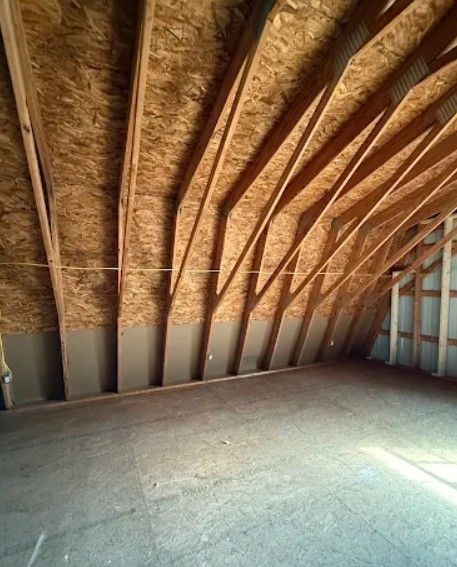
Comparing Batt Insulation with Other Options
When comparing batt insulation with other types, such as spray foam or blown-in, homeowners should focus on their primary goals. Spray foam provides superior air sealing and energy savings, while blown-in is useful for filling irregular cavities. Batt insulation stands out as a balance of affordability, availability, and soundproofing capability.
For families in New York and Pennsylvania, this balance often makes batt insulation a smart choice, especially when both energy and sound performance matter.
Where to Use Soundproofing Batt Insulation
The effectiveness of batt insulation for soundproofing depends on placement. Common applications include:
- Interior walls between bedrooms and living spaces.
- Home offices or study areas where concentration is essential.
- Between floors in multi-story homes to reduce noise transfer.
- Around utility rooms or mechanical spaces to muffle appliance noise.
Each home has unique requirements, and professional batt insulation installers can identify the areas where insulation will deliver the greatest impact.
Professional Installation Matters
Although some homeowners attempt DIY insulation projects, achieving proper soundproofing requires careful installation. Gaps or compressed insulation reduce performance, leaving areas where sound can travel freely. Experienced installers ensure that insulation fits snugly between studs and joists without compromising its acoustic properties.
In New York and Pennsylvania, where building codes and climate conditions vary, relying on professional installation also ensures compliance and long-term results. Choosing experienced batt insulation installers means the job is done correctly the first time.
Long-Term Value of Soundproofing with Batt Insulation
The decision to invest in soundproofing batt insulation should be seen as more than an immediate upgrade. Quieter, more energy-efficient homes deliver value in many ways:
- Reduced stress and improved focus in day-to-day life.
- Lower energy bills due to improved thermal performance.
- Stronger marketability and potential resale value.
- A more enjoyable living environment for families.
Over time, these combined benefits often outweigh the initial cost of installation.
Local Relevance for New York and Pennsylvania Homes
Homes across New York and Pennsylvania present different challenges. Urban properties may struggle with street noise, while rural homes may face temperature extremes. Batt insulation adapts to both scenarios, offering an affordable solution that enhances both comfort and quiet.
Older homes often benefit significantly because many lack modern insulation entirely. For newer builds, batt insulation can add to soundproofing measures required by today’s homeowners who spend more time working remotely.
Taking the Next Step
Soundproofing batt insulation provides more than quieter rooms. It contributes to energy efficiency, privacy, and overall home value. For homeowners in New York and Pennsylvania, these combined advantages make it a smart investment.
If you are ready to explore the benefits of batt insulation, visit HD Solutions’ batt insulation page to learn more about available options and connect with trusted batt insulation installers who understand the needs of local homes.


